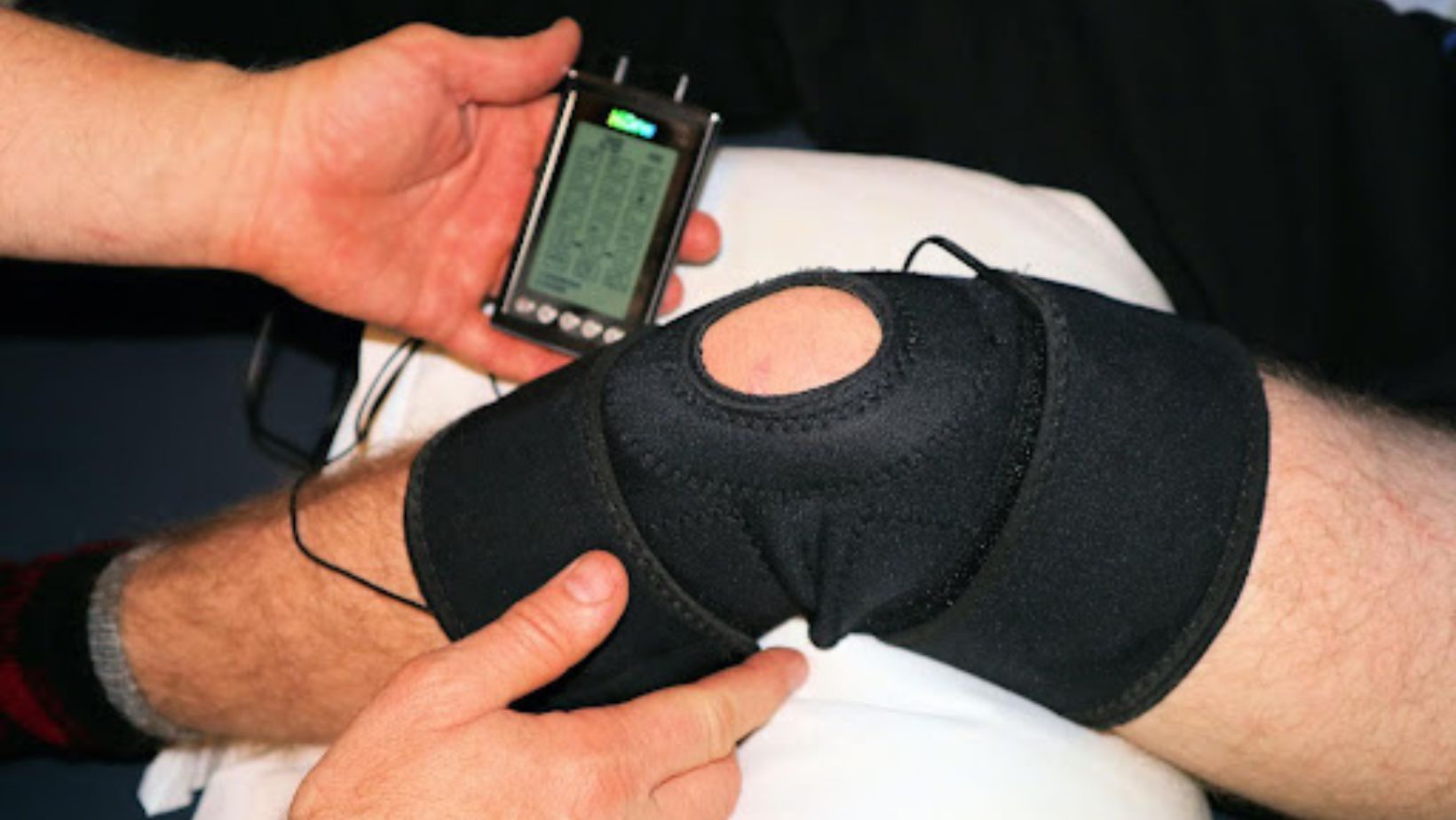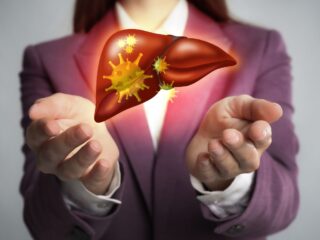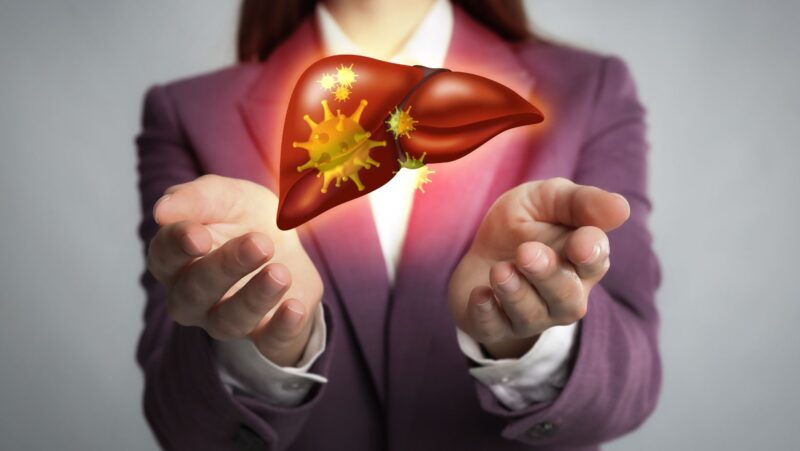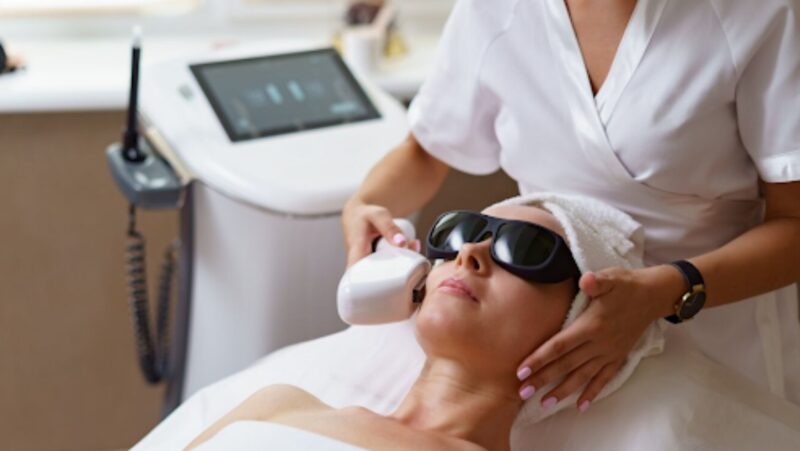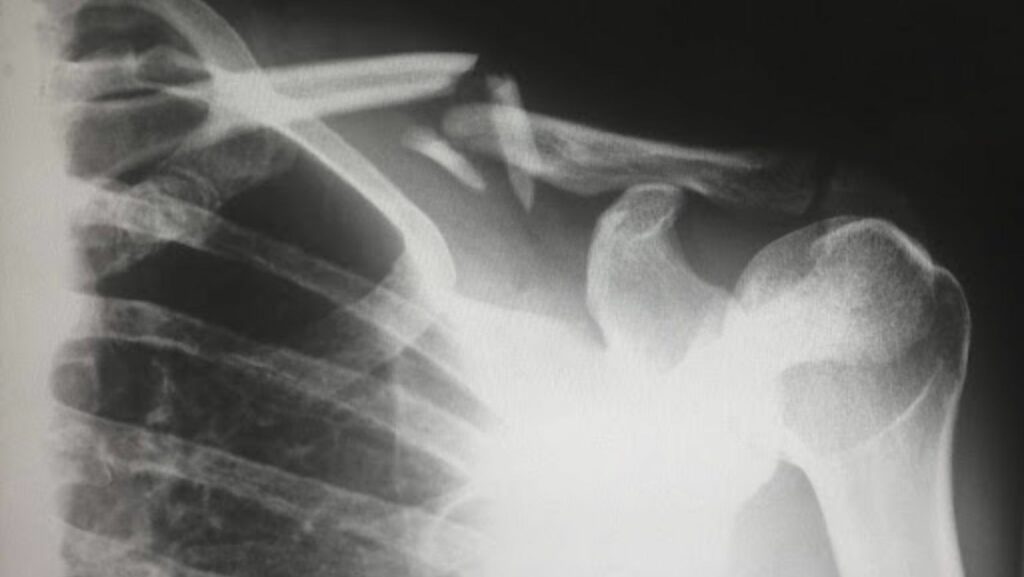
Recovering from an injury transcends physical rehabilitation; it entails a holistic journey encompassing mental and emotional facets. This multifaceted process requires a comprehensive strategy that addresses various aspects of well-being. Strategies for post-injury healing go beyond physical therapies, encompassing mental resilience, emotional support, and lifestyle adjustments.
Balancing physical recovery with mental well-being forms the core of a holistic approach to recuperation. Implementing a range of strategies, from prescribed exercises and nutritious diets to emotional support and gradual reintegration into activities, facilitates a comprehensive healing process.
By acknowledging the multifaceted nature of recovery, individuals can optimize their healing journey, fostering a balanced and integrated approach towards improving overall health after experiencing an injury.
Professional Medical Care:
Seeking immediate and continuous medical attention from specialized healthcare professionals post-injury is paramount for effective recovery. Prompt medical care ensures accurate diagnosis and timely initiation of appropriate treatments. Healthcare professionals, specializing in the specific injury type, offer tailored guidance, outlining comprehensive treatment plans aligned with individual needs.
Adherence to prescribed treatments, whether medications, physical therapy, or surgical interventions, is crucial. Diligently following these recommendations aids in managing pain, promoting healing, and restoring functionality. Physical therapy plays a pivotal role in rehabilitating injuries, facilitating recovery by enhancing strength, flexibility, and mobility.
Regular check-ups and follow-ups with healthcare providers are vital for monitoring progress and adjusting treatment plans as needed. Compliance with medical advice, including lifestyle modifications or activity restrictions, significantly contributes to effective healing.
Open communication with healthcare professionals is key. Discussing concerns, progress, or any unexpected symptoms ensures a collaborative approach towards recovery. By actively participating in treatment plans and maintaining ongoing communication with healthcare providers, individuals optimize their chances of a successful recovery, fostering the best possible outcomes post-injury.
Rest And Recovery:
Rest is a fundamental component of the healing process post-injury. Allowing the body ample time to recuperate is crucial for promoting recovery. Balancing physical activity with periods of rest prevents overexertion, minimizing the risk of exacerbating the injury and facilitating the healing process.
During rest, the body allocates resources towards repairing damaged tissues, replenishing energy stores, and strengthening the immune system. Adequate sleep is particularly vital as it plays a significant role in the body’s repair mechanisms. It enhances tissue regeneration, supports cognitive function, and aids in pain management, contributing significantly to the recovery journey.
Striking a balance between activity and rest is essential. While physical activity is beneficial for maintaining mobility and preventing stiffness, it’s equally important to listen to the body’s signals and allow sufficient downtime for recovery. Overexertion can delay healing and potentially lead to setbacks in the recovery process.
Individuals recovering from injuries should adhere to their healthcare professional’s recommendations regarding activity levels and rest periods. This approach ensures a well-managed recovery plan, allowing the body to heal effectively while gradually reintroducing physical activities in a safe and controlled manner, promoting a successful recovery post-injury.
Nutritious Diet:
A well-balanced diet plays a pivotal role in the recovery process post-injury. Opting for a diet abundant in essential nutrients, vitamins, and proteins provides the necessary building blocks for tissue repair and aids in bolstering the immune system. Proteins are crucial for rebuilding damaged tissues, while vitamins and minerals contribute to cellular repair and regeneration.
Incorporating a variety of foods such as lean proteins, fruits, vegetables, whole grains, and healthy fats is essential. These nutrients support the body’s healing mechanisms and help combat inflammation, facilitating the recovery process. Additionally, staying adequately hydrated is vital for maintaining optimal bodily functions during the healing phase.
A nutritionally sound diet not only promotes physical recovery but also supports mental well-being. It aids in sustaining energy levels, reducing fatigue, and enhancing overall vitality, crucial aspects for a comprehensive healing journey.
Consulting a healthcare professional or a nutritionist can provide personalized dietary recommendations, ensuring that the nutritional needs specific to the injury and individual circumstances are adequately met, fostering a faster and more effective recovery.
Physical Rehabilitation:
Committing to prescribed rehabilitation exercises or physiotherapy plays a pivotal role in post-injury recovery, aiming to restore strength, flexibility, and mobility. These exercises are tailored to address specific areas affected by the injury, aiding in the restoration of functionality. Consistency and adherence to the rehabilitation regimen are crucial. Regular participation in these exercises accelerates healing, gradually rebuilding muscles, improving range of motion, and enhancing overall physical capabilities.
The guidance of physiotherapists or rehabilitation specialists ensures that exercises are safe, effective, and conducive to recovery. By diligently following the prescribed rehabilitation program, individuals significantly increase their chances of regaining optimal functionality and achieving a more complete recovery post-injury.
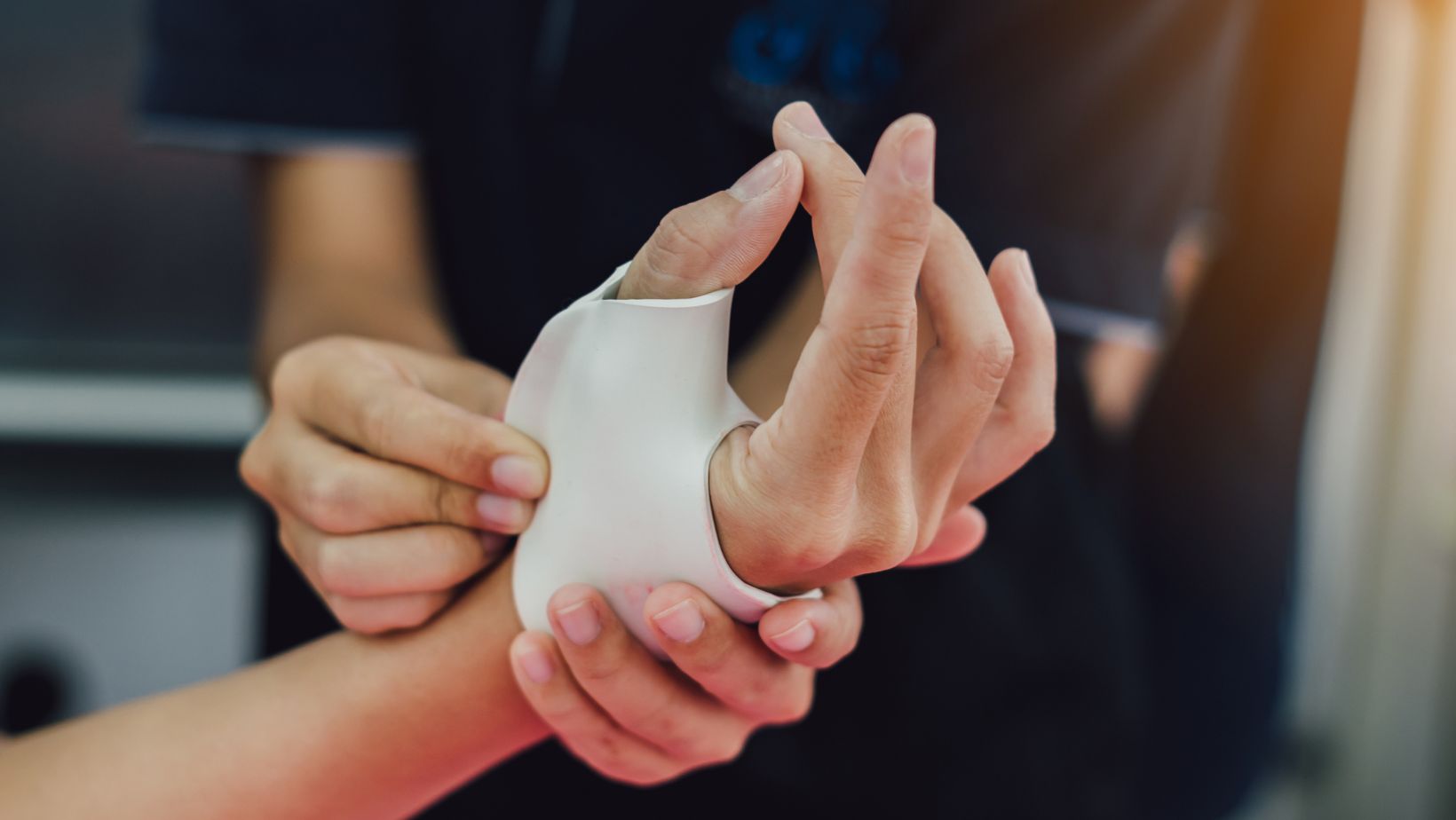
Seek Legal Help:
Seeking legal assistance, especially from a slip and fall lawyer, is crucial following an accident. These specialized attorneys possess expertise in premises liability cases, including slip and fall incidents.
If injured due to hazardous conditions on someone else’s property, legal aid becomes pivotal. A slip and fall lawyer can navigate the complexities of such cases, investigating the accident’s circumstances, and assessing liability. Their expertise encompasses understanding building codes, safety regulations, and liability laws, enabling them to construct a robust case.
These lawyers advocate for the injured, negotiating with insurance companies or representing clients in court if a settlement cannot be reached. Their aim is to secure compensation for medical expenses, lost wages, pain, and suffering caused by the accident.
Engaging a slip and fall lawyer ensures the protection of legal rights and maximizes the chances of a favorable outcome. Their guidance throughout the legal process alleviates stress, allowing individuals to focus on recovery. Timely legal intervention helps preserve evidence and adhere to legal deadlines, strengthening the case and enhancing the prospects of receiving rightful compensation for injuries sustained in slip and fall accidents.
Healing One Strategic Step at a Time
Each healing journey is distinctive, requiring personalized strategies and pacing for recovery. Adapting these approaches to individual needs is pivotal. By customizing strategies and timelines, individuals can effectively navigate their unique recovery paths post-injury. Embracing a holistic approach that encompasses physical, mental, and emotional aspects fosters optimal healing.
This comprehensive strategy aids in optimizing health post-injury, fostering a gradual but sustainable path towards regaining wellness. By acknowledging individual differences and tailoring recovery methods accordingly, individuals can foster resilience, enhance healing, and ultimately progress towards a balanced and fulfilling life beyond the injury.

